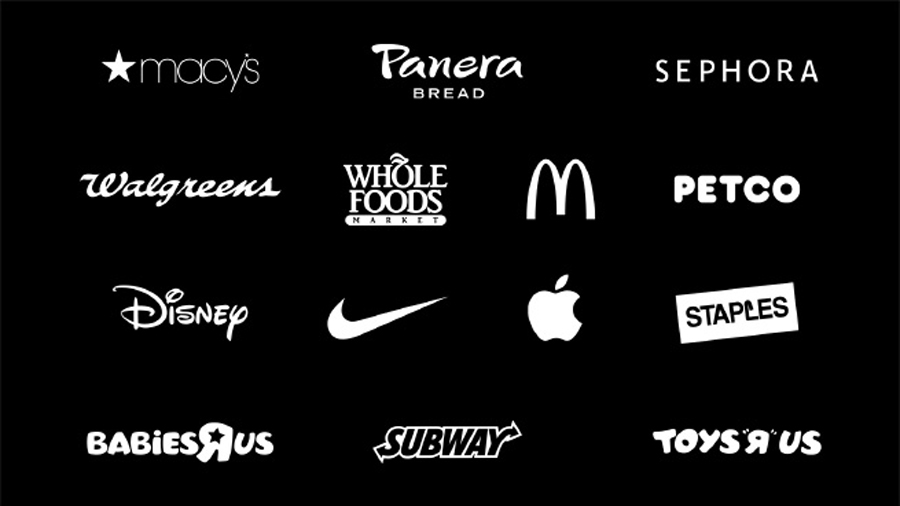Apple Pay, a catalyst for the contactless industry
Contactless Mobile Payments Achieve Network Effect

With more than 200 mobile payment startups so far this year, it's obvious that mobile payments are a hot topic. But the problem with mobile payments is a perennial one: new payment types hardly ever succeed.
History is littered with failed payment approaches including Pay by Touch, Mondex, and contactless cards. But now that Apple has introduced a phone with Near Field Communication technology – NFC – and the Apple Pay wallet, we've reached the tipping point for mobile contactless payments, which will now become ubiquitous.
In a perfect storm of converging drivers, almost every consumer will have a mobile wallet, on both Android and Apple phones. Security issues are addressed by the fingerprint scanner and tokenisation, in which credit card account numbers are replaced with dynamic tokens that are useless if stolen.
The industry came together with a standards-based specification for security in the form of the EMVCo tokenisation scheme. Cloud-based payments eliminate the industry deadlock between mobile operators and payments companies – the battle of "show me the money" and control over the handset Secure Element.
Merchants are under the gun to upgrade their Point-of-Sale systems for EMV chip acceptance by this time next year, providing a perfect opening to include contactless readers in their upgrade plans. So, the open question is, will consumers want to use it?
As I wrote earlier this year in "Achieving the Elusive 10X Factor in Payments Innovation," three Es are vital to success of payments innovation, and Apple Pay addresses all three:
- Easing checkout
- Eliminating friction
- Enabling marketplace.
Emblematic of Apple's reputation for usability and design, the payment solution couldn't be easier. Combining Touch ID and NFC, there is no need to fumble with PINs or depend on unreliable bar code scanning.
Sign up for breaking news, reviews, opinion, top tech deals, and more.
In-app purchasing with Touch to Pay eliminates typing in card numbers on a tiny screen. Embedding Apple Pay into apps like OpenTable and Uber underscores trust in marketplaces and triggers a payment in the context of a dining or taxi experience. Finally, Apple does not create commercial friction in the marketplace by trying to monetise transaction data.
Banks featured at launch comprise nearly two-thirds of all U.S. credit card accounts. These banks will be able to get their payment cards into mobile wallets without having to invest in creating their own mobile wallets.
Because of the biometric authentication provided by Touch ID, the issuers will have more assurance that the consumer is who he claims to be, resulting in less fraud. What remains is dramatic expansion of the merchant acceptance network.
- Check out everything businesses need to know about Apple Pay on our sister website, ITProPortal.com
Today, less than twenty per cent of merchant Point-of-Sale terminals are enabled to accept contactless payments. As charter acceptance pioneers, Bloomingdales, Disney, Duane Reade, Macy's, McDonalds, Staples, Subway, Walgreens, Whole Foods, and Apple retail stores will set the pace, and the hype and excitement around Apple Pay will drive consumer demand, paving the way for more merchants to install the contactless readers.
NFC promises to open up whole new world of payments-related innovation including location based services, couponing, loyalty and marketing, which will provide further incentive for consumers to use the mobile wallet. Eventually, NFC and mobile technology will eliminate plastic cards, make payments more secure, and make people's everyday lives easier.
- Deborah Baxley heads Capgemini's Global Cards and Payments Consulting practice. She is an officer on the Smart Card Alliance Payments and NFC Councils, co-founder/officer of NYPAY networking group, and Certified Smart Card Industry Professional.